Exploring China’s Landmarks Posted by sasha on May 25, 2017 in Culture
Earlier this month, we posted a vocabulary list of some famous Chinese landmarks. It really helps to know the Chinese name, as many local people will simply give you a blank stare if you ask them where the Forbidden City is. For a closer look at a few of them, here are some more detailed posts and videos for you to check out. Exploring China’s landmarks can take a lifetime, but you can hit ten of them right now!
Great Wall
When it comes to China’s landmarks, nothing comes close to the Great Wall (长城 – cháng chéng). It’s one of the “New 7 Wonders of the World,” although it’s been around for thousands of years. Stretching for over 20,000 km across China, it’s an awe-inspiring place that attracts millions of visitors every year. Chairman Mao famously said, “You aren’t a real man until you’ve climbed the Great Wall!” If you’re really adventurous, why not try camping on the Wall?
Forbidden City
Once home to the emperors of ancient China, the Forbidden City (故宫 – gù gōng) isn’t really forbidden anymore. In fact, over 15 million people visited in 2014 alone! The massive complex can be quite intimidating – it covers 180 acres and contains some 8,000 rooms.
Tiananmen Square
Known as the heart of China, Tiananmen Square (天安门广场 – tiān ān mén guǎng chǎng) is the place where the modern PRC was founded back in October 1949. Several important landmarks are in and around the square – the Monument to the People’s Heroes, Great Hall of the People, Mausoleum of Mao Zedong, and the National Museum.
Summer Palace
In the hot summer months, the emperor and royal family would flee the Forbidden City and head to the Summer Palace (颐和园 – yí hé yuán). It was constructed in accordance with the Chinese philosophy of balancing the works of man with nature – hence the massive lake and the seemingly endless greenery. It’s a beautiful place and one you shouldn’t miss on a trip to Beijing.
Terracotta Warriors
One of the most famous landmarks in the country, the famed Terracotta Warriors (兵马俑 – bīng mǎ yǒng) can be found just outside of Xi’an. These thousands of figures were buried with Qin Shi Huang, the first emperor of China who unified the country. It’s called the greatest archaeological discovery of the 20th century and is a UNESCO World Heritage site.
Longmen Grottoes
There are actually three famous Buddhist grottoes in China. Perhaps the most impressive and most visited are the Longmen Grottoes (龙门石窟 – lóng mén shí kū), located near Luoyang. In total, they comprise over 2,000 caves and niches carved into limestone cliffs and are home to over 100,000 Buddhist stone statues.
Old Town of Dali
The Old Town of Dali (大理古城 – dà lǐ gǔ chéng) in Yunnan province is surrounded by towering mountain peaks and the beautiful Er Hai Lake. While it’s typically overrun with tourists, it’s not hard to find the quiet side of Dali. You might end up catching an ethnic minority festival here, such as the wild San Yue Jie.
Fujian Tulou
If you’re traveling in Southeast China, you’ve got to see the Fujian tulou (福建土楼 – fú jiàn tǔ lóu). These “earthen buildings” were constructed as communal dwellings by the Hakka and Minnan people between the 12th and 20th centuries. Most tulou are either circular or rectangular, feature tall, fortified mud walls, and are between 3-5 stories high.
Mt. Tai
Out of the Five Great Mountains (五岳 – wǔ yuè), Mt. Tai (泰山 – tài shān) is considered to be the most sacred. If you can climb to the peak – 7,000+ stairs taking you to 1,545 meters above sea level – legend has it you’ll live to 100. Just don’t be surprised if clouds ensure you don’t see anything once you get there.
Jiuzhaigou National Park
When you think of China, nature probably isn’t the first thing that comes to mind. While the country is definitely known for its massive cities, there are tons of amazing natural landmarks as well. One of the best is Jiuzhaigou (九寨沟 – jiǔ zhài gōu), a national park in Sichuan province.
What Chinese landmarks have you been to? Which ones would you most like to visit? Let us know by leaving a comment!

Build vocabulary, practice pronunciation, and more with Transparent Language Online. Available anytime, anywhere, on any device.




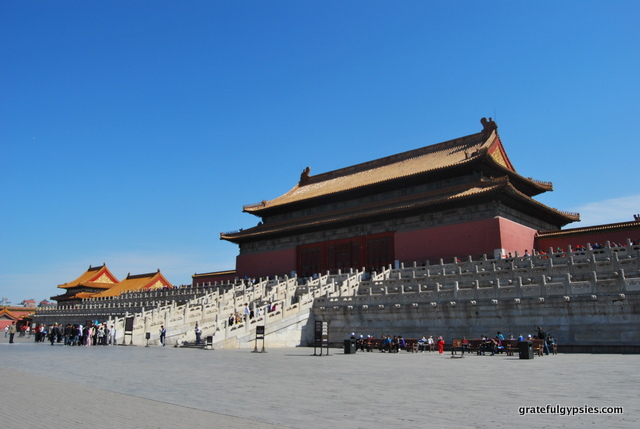


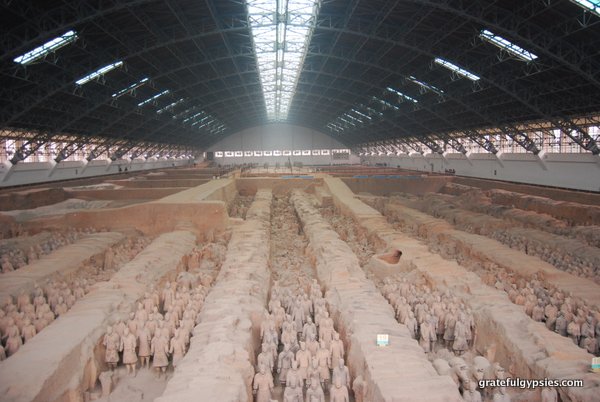
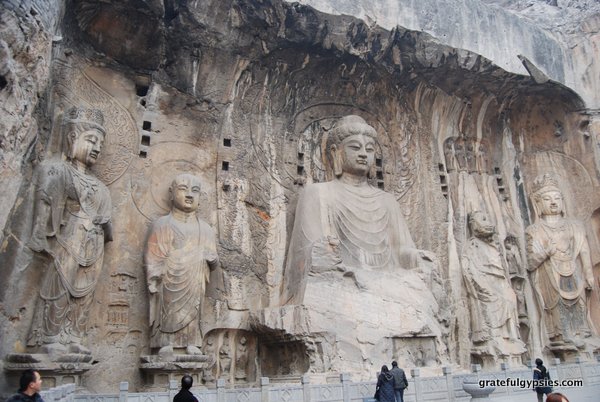
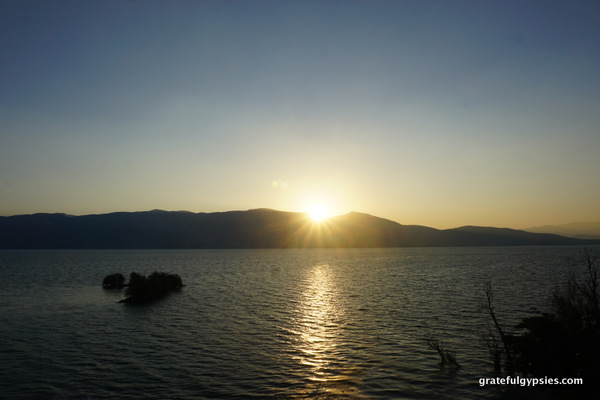


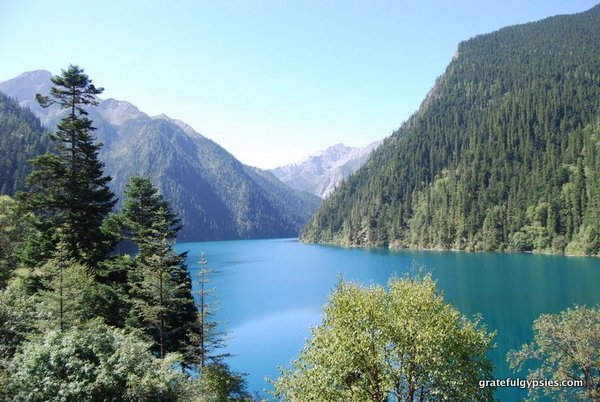

Leave a comment: